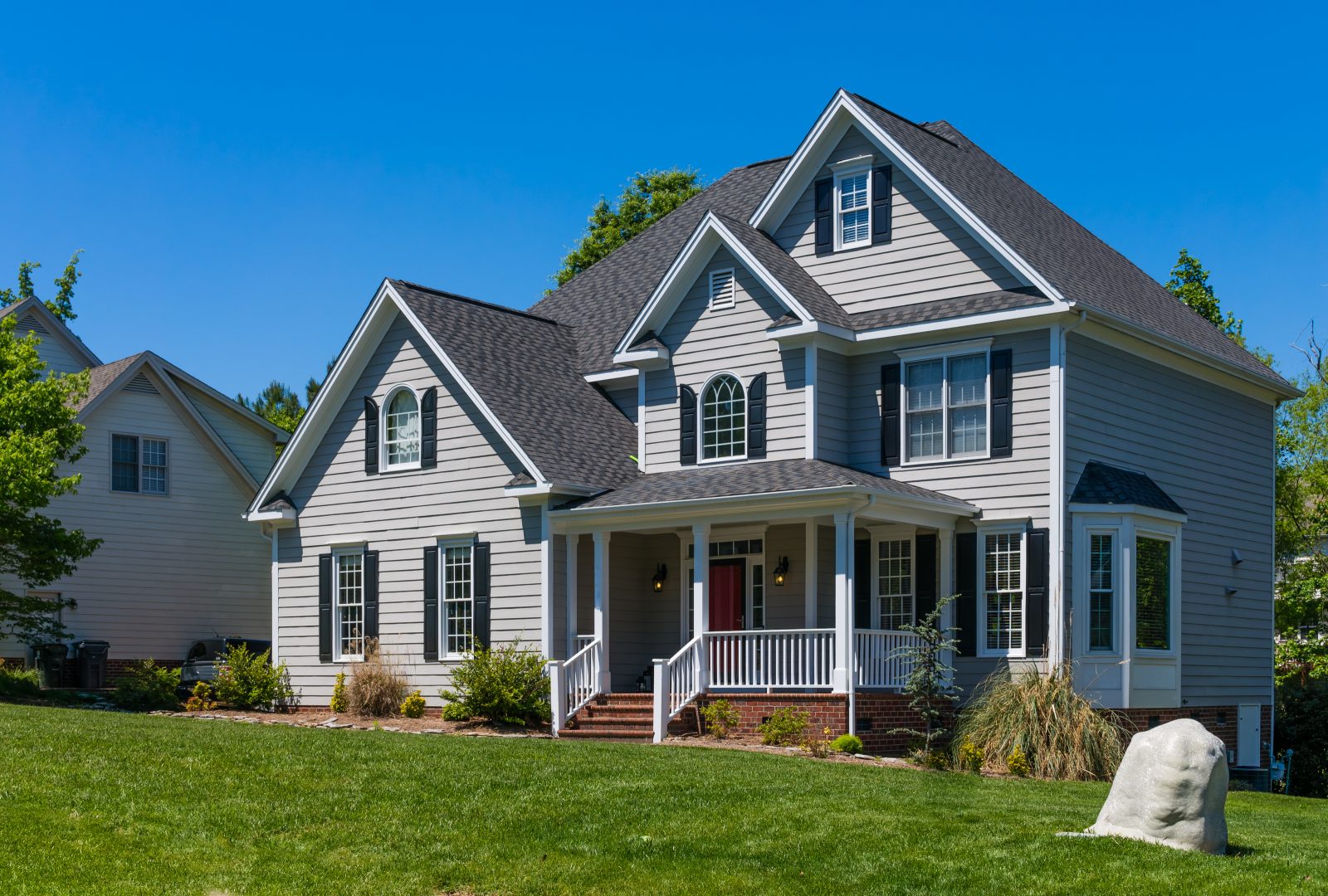My Home’s Exterior – Siding Materials

Your home’s siding can affect everything from the curb-appeal of your home to actual structure damage of it. Siding can be seen on almost every home but not a lot of folks know the materials that go into siding. If your home’s exterior is being restored, check out these common siding materials that your Project Manager may discuss with you!
Vinyl Siding – Vinyl siding comes in different thicknesses or gauges. Determining the gauge can help determine an important element of the quality. Chemical formulas can also vary somewhat from manufacturer to manufacturer which can impact life expectancy as formulas and possibly manufacture process can be one of the most important in terms of product quality and durability. One important advent was a UV “coating”, utilized by some manufacturers that was applied to the surface of the product that filters out UV spectral light from the sun which would otherwise degrade the PVC more quickly. As a rough general rule, the higher the grade (and price) of the siding, the more resistant it is to fading.
Aluminum Siding – Aluminum siding is ideal for homes in coastal areas (with lots of moisture and salt), since aluminum reacts with air to form aluminum oxide, an extremely hard coating that seals the aluminum surface from further degradation. Formerly, imitation wood clapboard was made of aluminum (aluminum siding). That role is typically played by vinyl siding today.
Steel Siding – An advantage of steel siding can be its dent-resistance, which is excellent for regions with severe storms—especially if the area is prone to hail. Steel has the look of aluminum siding but is usually a more expensive choice.
Fiber Cement Siding – In appearance fiber cement siding most often consists of overlapping horizontal boards, imitating wooden siding. They require very little maintenance once installed and painted. The thicker/denser fiber cement products have an excellent impact resistance.
Cultured Stone – is a thin layer of simulated stone applied to a building. Manufactured Stone veneer is fabricated by pouring a lightweight concrete mix into rubber forms of different style and then painted with a coloring process which makes it resemble real stone. The stone veneer produced is then attached to walls with special mortars.
Stucco Siding – As a building material, stucco is a durable, attractive, and weather-resistant wall covering. It was traditionally used as both an interior and exterior finish applied in one or two thin layers directly over a solid surface. The finish coat usually contained an integral color and was typically textured for appearance. The traditional application of stucco and lath occurs in three coats — the scratch coat, the brown coat and the finish coat. The two base coats of plaster are either hand-applied or machine sprayed. The finish coat can be troweled smooth, hand-textured, floated to a sand finish or sprayed.
If your home’s exterior needs to be restored after a severe weather event, don’t let the details bog you down. Get help from our experienced Project Managers at Steve Kemper Builder. With our process, we walk you through the entire restoration experience, giving you and your family peace of mind.
